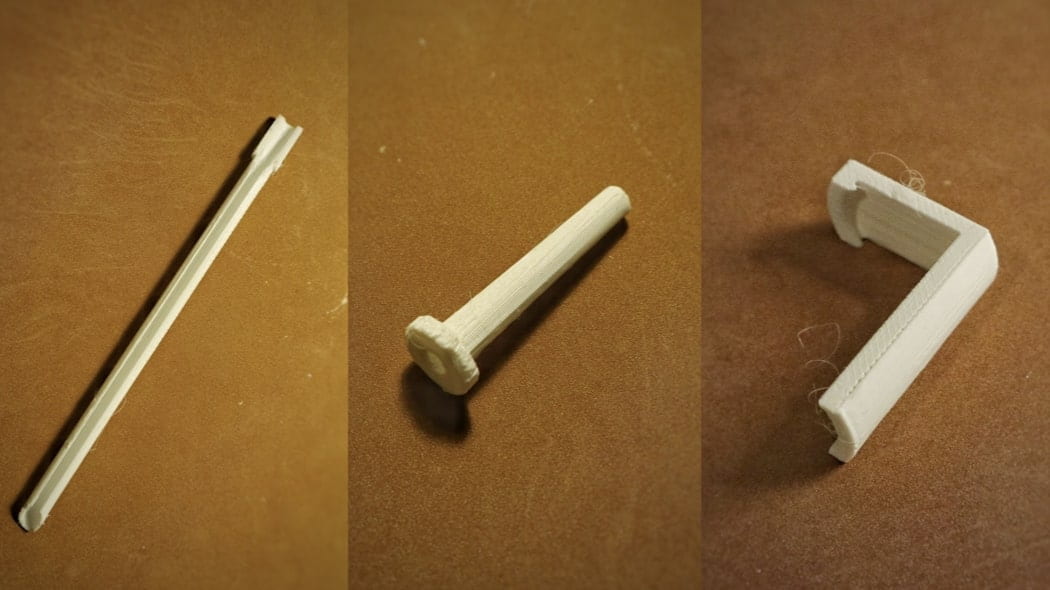Cathsisters
Redesigned Central Venous Catheter Insertion to Prevent CLABSI
The three add-on devices our team designed for CathEase CVC insertion system. Left: a peelable dilator sheath added on to the catheter; Middle: a connector that locks the needle tip and the guide wire sheath, combining them into a single unit to improve stability and easy removal; Right: a handle added to the needle plunger that allows single hand use of needle.



